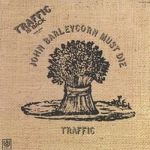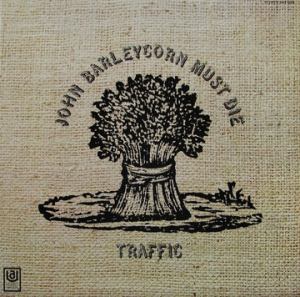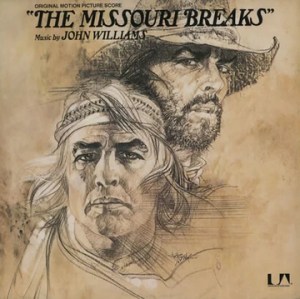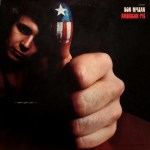More Electric Light Orchestra
More Art Rock Records
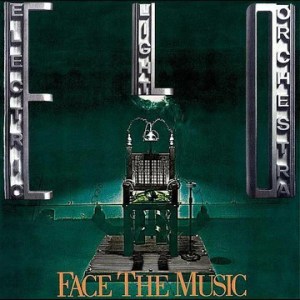
- An outstanding UK pressing (one of only a handful of copies to hit the site in over a year and a half) with solid Double Plus (A++) sound or BETTER on both sides – fairly quiet vinyl too
- Side two is very close in sound to our Shootout Winner – you will be shocked at how big and powerful the sound is
- This copy has real depth to the soundfield, full-bodied, present vocals, plenty of bottom end weight, and lovely analog warmth
- You probably know most of these songs, even if you don’t recognize the titles (“Waterfall,” “One Summer Dream”)
- 4 stars: “The soulful ‘Evil Woman’ was one of the most respectable chart hits of its era, and one of the best songs that Lynne ever wrote (reportedly in 30 minutes), while ‘Strange Magic’ showed off his writing in a more ethereal vein.”
- If you’re a fan of the band, and what audiophile wouldn’t be?, this classic from 1975 belongs in your collection
- The complete list of titles from 1975 that we’ve reviewed to date can be found here.
Nobody seems to have noticed — at least I can find no evidence for anyone noticing, using a google search — that the song Fire on High, which opens side one of this album, is directly lifted from the opening song on Goodbye Yellow Brick Road, Funeral for a Friend.
He owes a lot of his sound to The Bee Gees as well as The Beatles, another thing about his music that nobody seems to notice.
But that takes nothing away from the fact that he is a consummate craftsman of catchy pop songs, the kind that get stuck in your head and make your day brighter than it would otherwise have been.
There are many fine examples of these kinds of songs on this very album. The first three (out of four) tracks on side one are all very strong: Fire On High, Waterfall and Evil Woman. On side two all the songs after Poker are very strong: Strange Magic, Down Home Town, and One Summer Dream.
That makes this a fairly consistent ELO record. Not quite the equal of A New World Record but not that far behind it either.
